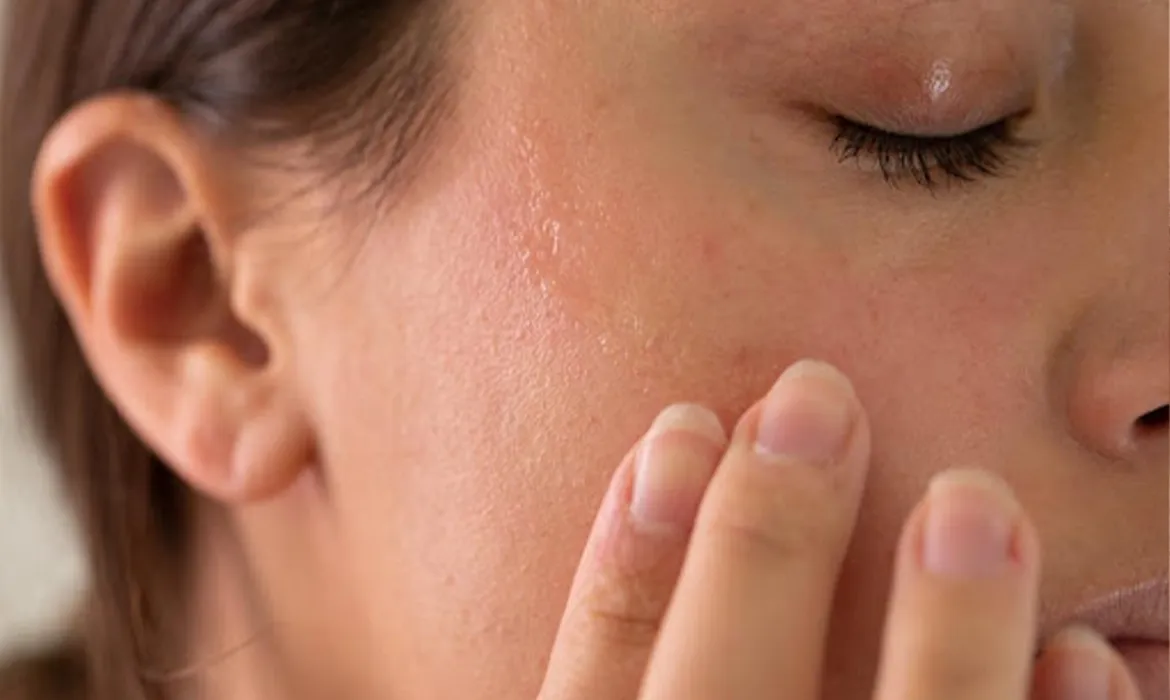Dry skin, or xerosis, results from a compromised stratum corneum barrier that leads to transepidermal water loss (TEWL) and insufficient retention of moisture within the epidermis. The skin’s natural moisturizing factors (NMFs), such as urea, lactic acid, and amino acids, along with intercellular lipids like ceramides, cholesterol, and free fatty acids, are essential in maintaining hydration. When this barrier is impaired—due to environmental factors (cold weather, low humidity), over-washing, use of harsh cleansers, or underlying dermatologic conditions such as atopic dermatitis—the skin becomes rough, flaky, tight, and itchy. Aging further contributes to dryness through decreased sebum production and a reduction in filaggrin expression, which is key to NMF generation. Additionally, systemic dehydration, nutritional deficiencies (e.g., essential fatty acids, vitamin E), and certain medications (retinoids, diuretics) can exacerbate dryness.
Treatment strategies for dry skin focus on barrier repair and moisture retention. Emollients and humectants like glycerin, panthenol, hyaluronic acid, and squalane attract and hold water within the skin, while occlusives such as petrolatum and dimethicone form a protective layer to reduce TEWL. Modern formulations often include ceramides, niacinamide, and prebiotics to restore lipid balance and support the microbiome. For chronic or inflammatory dry skin, such as in eczema, prescription creams containing corticosteroids or calcineurin inhibitors may be needed. Patients are advised to use fragrance-free, pH-balanced cleansers and lukewarm water when bathing to minimize irritation. Emerging technologies include biomimetic lipids and lamellar emulsion systems that more closely mimic natural skin structure. Adequate water intake and essential fatty acid supplementation can enhance skin hydration from within. Daily moisturizing—especially within minutes after bathing—is key to maintaining skin integrity and preventing flare-ups.
 Fluid Natural Sunscreen
1 × 690,000 T
Fluid Natural Sunscreen
1 × 690,000 T  Vitamin C & Niacinamide Serum
1 × 880,000 T
Vitamin C & Niacinamide Serum
1 × 880,000 T  Tinted Natural Sunscreen
1 × 710,000 T
Tinted Natural Sunscreen
1 × 710,000 T 